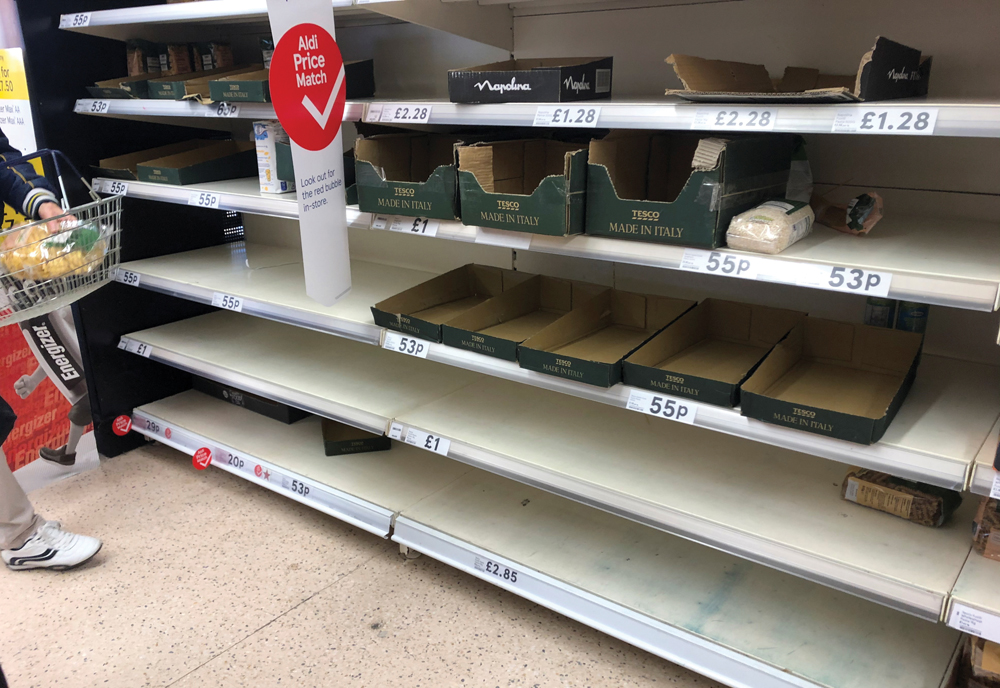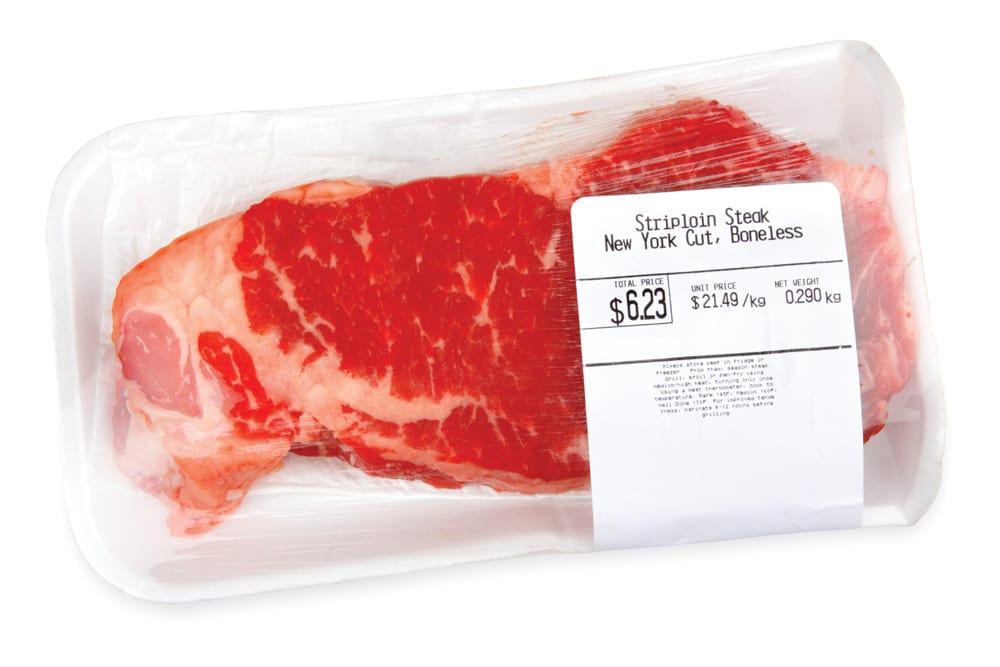After posting modest growth in 2011 despite a shaky North American economy, the St. Lawrence Seaway opens March 22 amidst upbeat predictions.
However, everyone tempers their forecasts with a caution about the prospect for Canadian and American grain exports. While there’s plenty of grain in North America, there’s also more grain supplies around the world. And what will happen to Canadian grain exports after the CWB’s monopoly ends this summer?
The seaway handled 37.5 million tonnes of freight in 2011, up a respectable 2.5 per cent from 2010, but the coming year is difficult to predict, said Mike Broad, president of the Shipping Federation of Canada.
Read Also

CUSMA access key among other trade noise: Seeds Canada panel
Seeds Canada conference panelists say Canada needs to stay focused and wait as U.S. trade and tariff chaos develops, and a Canada-U.S.-Mexico Agreement review looms
“From what I hear, the first half of the year will be like last year,” said Broad, before adding it’s hard to say what might happen next.
The head of the Chamber of Marine Commerce is more positive.
“By all accounts, things look up — shipments could be up by five per cent,” said Raymond Johnston. “The United States economy has looked better lately with manufacturing rates on an upswing.”
One positive sign is that ocean freight rates are down and shipping lines are looking for business. If the U.S. economy picks up more momentum, especially on the export side, then ship owners will be looking for business.
A survey of economic forecasts for 2012 underscores the cautious optimism.
Both the Conference Board of Canada and Bank of Canada have reduced their growth projections for 2012, with both estimating it will be around two per cent.


















